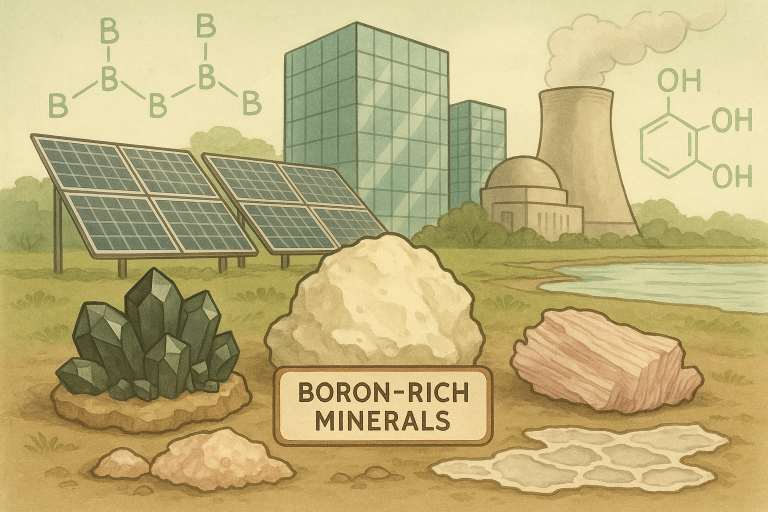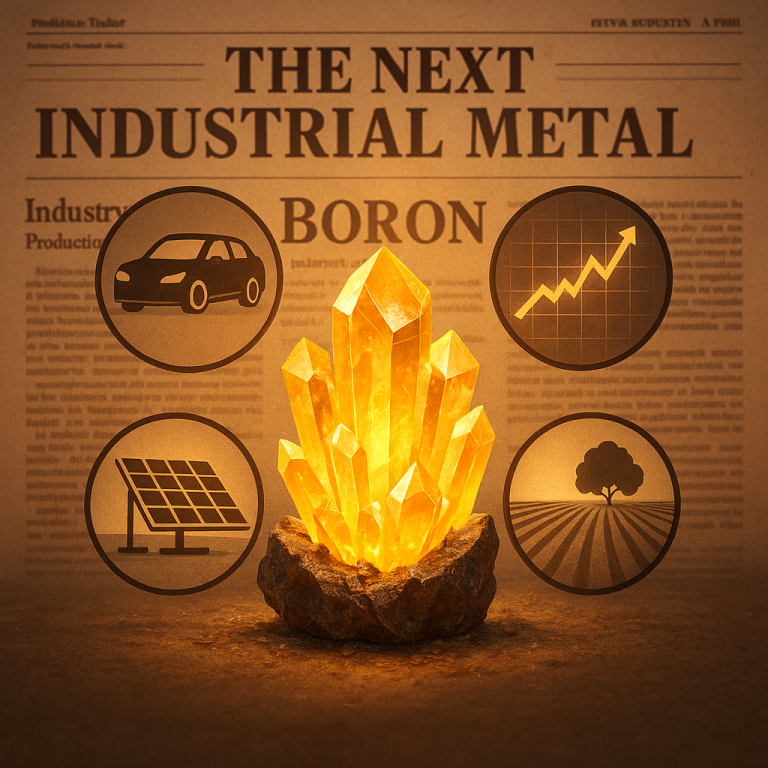Boron: The Silent Architect of the Cosmos
By Guest Contributor: Neil deGrasse Tyson (well, not really, but let’s imagine)
“If the universe had a periodic table of its own – one governed by function rather than form – Boron would sit somewhere near the top: quiet, underrated, yet indispensable.”
In the grand scheme of the cosmos, we’re often dazzled by the fireworks-supernovas, quasars, black holes. But few pause to consider the subtle building blocks of complexity. Boron, atomic number 5, is one such element. It doesn’t scream for attention like carbon or oxygen. It doesn’t dominate headlines like helium in balloons or uranium in reactors. But remove it from the equation, and the very nature of planets-and the life they harbor-shifts dramatically.
Let’s zoom out.
🌌 Where Did Boron Come From?
Not from the Big Bang.
Yes, that’s right. While the Big Bang gave us the lightest elements-hydrogen, helium, and a dash of lithium-boron is a cosmic late bloomer. It’s a product of cosmic ray spallation, a process that sounds like science fiction but is very much science fact. High-energy particles, mainly protons and nuclei, collide with carbon and oxygen atoms in interstellar space. In that celestial demolition derby, boron is born—not in stars, but between them.
Think about that: boron isn’t forged in the hearts of stars like iron or silicon. It’s interstellar debris, shaped by the kinetic chaos of the cosmos.
🌍 Why Does It Matter on Earth?
On Earth, boron wears many hats.
It strengthens glass. It makes detergents more effective. It’s in your smartphone screens, your solar panels, even your crop fertilizers. Boron is the backstage technician of modern life: invisible to most, but holding the spotlight steady.
And biologically? Some scientists suspect that boron played a quiet but crucial role in the origin of life. Boron-containing minerals help stabilize ribose-the sugar in RNA. No ribose, no RNA. No RNA, no life as we know it.
So while boron won’t win the popularity contest among elements, it might just deserve the Nobel Prize for persistence.
☀️ What About the Solar System?
As we peer out across our solar neighborhood, we find boron in meteorites, Mars rocks, and lunar soil. It whispers stories about the conditions of planetary formation and the movement of water and organics across the cosmos.
NASA’s Curiosity rover even detected boron on Mars—a potential clue that ancient Martian water systems might have been chemically conducive to life.
In short, boron is more than just an element. It’s a storyteller, a molecular archaeologist, a whisper from deep time.
🧠 A Cosmic Reflection
If carbon is the actor, and oxygen the breath, then boron is the scriptwriter behind the scenes.
It reminds us that in the universe, not everything bright burns the hottest. Some things, like boron, influence from the shadows—subtle, enduring, and vital.
So the next time you think about life on Earth, or the potential for life on Mars, or the very nature of the matter that makes us—tip your hat to boron. Because the universe, it turns out, doesn’t run on just the loud elements. Sometimes, it depends on the quiet ones too.
“The cosmos is within us. We are made of star-stuff.”
— Carl Sagan
And to that, I’d add: some of that star-stuff was shaped by boron, in the lonely stretches between the stars.


